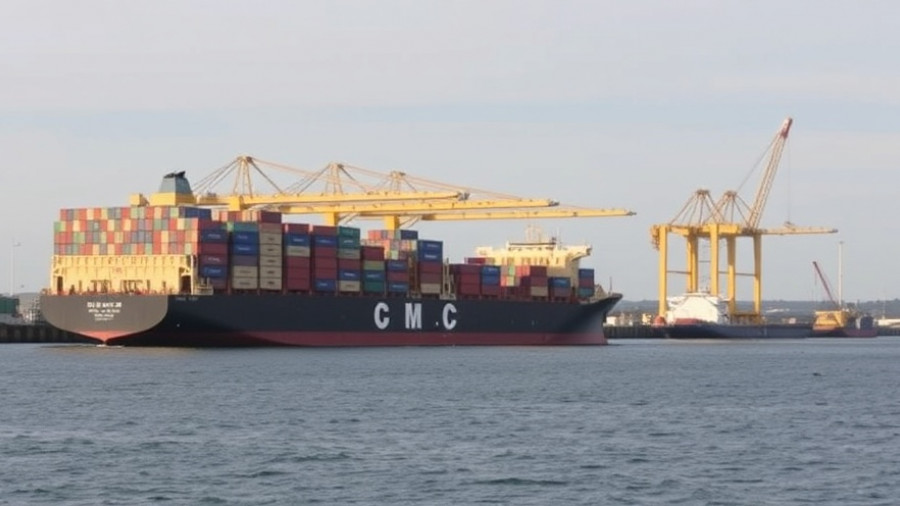
US Wildfire Crisis: Understanding the Shortage of Firefighters
The 2025 wildfire season has ignited urgent concerns about the alarming staffing shortages within the United States Forest Service (USFS), with over one-quarter of firefighting positions left unfilled. Internal reports reveal that as the nation battles more than 41,000 wildfires this year, an astonishing 5,100 positions are vacant, which equates to a 26% vacancy rate. This alarming figure raises serious questions about the preparedness and effectiveness of wildfire response efforts during these extreme conditions.
The Stress of Staffing Shortages
As it stands, USFS Chief Tom Schultz insists that the agency is fully equipped for the challenges this summer, but many firefighters disagree. The dissonance between official statements and on-the-ground realities poses risks, particularly in regions heavily affected by wildfires, such as the Pacific Northwest. A squad leader aptly put it, labeling the situation as dangerous when stating, "The agency saying it is ‘fully staffed’ is dangerous.”
Amidst reports of crew shortages, firefighters have faced the significant burden of being pulled from fire lines to perform administrative tasks, leading to decreased operational effectiveness. Tasked with managing fires under extreme conditions, many fire captains express their worries about the operational burden. In fact, staffing reports suggest that some forest service crews work with less than half the personnel necessary for a fully operational team.
Consequences of Insufficient Workforce
The staffing levels reveal a dire need for qualified individuals, particularly in leadership roles where tactical planning and experience are crucial. According to the news outlet Reuters, many firefighters experience burnout and fatigue due to the increased workload. Solutions to support these brave individuals on the fire lines are much needed, especially as they face prolonged hours in harsh conditions.
Impact on Public Safety and Environmental Management
It’s not just the firefighters who are at risk; the broader implications on public safety and environmental management are alarming. Without adequate staffing, firefighting efforts dwindle, which can lead to uncontained fires. This can severely impact local communities, real estate values, and ecological sustainability. Homebuyers and sellers, particularly in high-risk wildfire areas, should remain vigilant, as property values can plummet in regions heavily threatened by wildfires.
Future Predictions: A Call for Action
The predicted intensity of future wildfire seasons coupled with the low staffing levels is a recipe for disaster. Experts underscore the vital importance of increasing personnel, insisting that real solutions must be implemented to address these shortages, especially as the climate crisis amplifies the risks faced by firefighting crews. This also reflects on local and national policies surrounding wildfire management.
Why This Matters to You
For homebuyers, sellers, and property investors in regions inclined to face wildfires, understanding the staffing crisis is essential. It not only impacts the immediate response to wildfires but also influences long-term property value and community safety. Fire safety discussions are increasingly relevant in real estate transactions as sellers must disclose environmental risks while buyers must assess the safety of their future investments.
Conclusion: Take Action Now
To navigate the complexities of real estate in these high-risk areas, all stakeholders must connect with local fire departments and understand the regional risks involved. As wildfire seasons grow longer and more severe, informed decisions are crucial in ensuring the safety and sustainability of investment. Let’s work together on proactive measures to safeguard our communities and future investments. Engage with local initiatives that focus on wildfire preparedness, and advocate for improved staffing within firefighting agencies.
 Add Row
Add Row  Add
Add 





Write A Comment